The Monnaie de Paris sequel series to its superb From Clovis to Republic range debuted last month and is now launching the second of three coins due in 2016. Called Women of France, the series will feature women that “have left their mark on the history of France”. They are struck in a style called ‘History’, giving an effect reminisecent of the old hand-struck style of coins that were prevalent before modern methods of coin production came into widespread use.
First to be released was Queen Clotilde, and now we have William the Conquerer’s wife, Mathilde. The third coin will launch in July and feature Joan of Arc. The coins follow the Clovis format, a 22g 0.900 silver coin, and a ¼oz 0.920 gold coin, but in this case we have the rare release of a 1oz 0.999 gold version, something done only once for the Clovis series in five years. We’ve yet to determine if this will be the only 1oz gold in the range, or whether there will be one per year. The design on all three is the same, only the denomination differing, an three-quarter portrait of the Queen on the reverse face with a tapestry pattern lightly struck on the coins proof background, and a scene from the famous Bayeaux Tapestry on the obverse, also in a period style with the patterned background. Text inscriptions on both faces are again, well-placed and integrated into the design. The irregular edge and rimless design look as cool as ever. Packaged in the standard Monnaie de Paris box inside a coloured shipper with an enclosed, serialised Certificate of Authenticity, we’ve still not heard if a collectors box for the series like the one produced for Clovis will be offered.
This coin is, in our view at least, quite stunning, the equal of anything in the Clovis range and better than the Clotilde coin. It oozes classic design and manages to be medieval and modern all at the same time. Early images of the Joan of Arc coin look equally promising, and we have high hopes that this series will surpass its earlier counterpart in overall quality, no mean feat. One of our coins of the year so far, without question. Available to order now, the silver is €55.00, and the two gold coins €505.00 and €2,000.00 EURO respectively.
MATILDA OF FLANDERS
Matilda of Flanders was born around 1031 and died on 2 November 1083. She was the wife of William the Conqueror and, as such, Queen of England. She bore William nine or ten children who survived to adulthood, including two kings, William II and Henry I. As a niece and granddaughter of kings of France, Matilda was of grander birth than William, who was illegitimate, and, according to some suspiciously romantic tales, she initially refused his proposal on this account. Her descent from the Anglo-Saxon royal House of Wessex was also to become a useful card. Like many royal marriages of the period, it breached the rules of consanguinity, then at their most restrictive. She was about 20 when they married in 1051/2; William was some three years older, and had been Duke of Normandy since he was about eight.
The marriage appears to have been successful, and William is not recorded to have had any bastards. Matilda was about 35, and had already produced most of her children, when William embarked on the Norman conquest of England, sailing in his flagship Mora, which Matilda had given him. Matilda was crowned queen on 11 May 1068 in Westminster during the feast of Pentecost, in a ceremony presided over by the archbishop of York. She governed the Duchy of Normandy in his absence, joining him in England only after more than a year, and subsequently returning to Normandy, where she spent most of the remainder of her life, while William was mostly in his new kingdom. She was about 51 when she died in Normandy in 1083.
Apart from governing Normandy and supporting her brother’s interests in Flanders, Matilda took a close interest in the education of her children, who were unusually well educated for contemporary royalty. The boys were tutored by the Italian Lanfranc, who was made Archbishop of Canterbury in 1070, while the girls learned Latin in Sainte-Trinité Abbey in Caen, founded by William and Matilda as part of the papal dispensation allowing their marriage. (Source: Wikipedia)
ADVERTISEMENTS
MINTS DESCRIPTION
Around 1050, Matilda of Flanders (c. 1031 -1083) married the Duke of Normandy, William the Bastard, who would become William the Conqueror and King of England in 1066 following his victory at the Battle of Hastings. The Bayeux Tapestry, commissioned by Odon de Bayeux (William’s half-brother and bishop of Bayeux from 1049 to 1097), records the events that took place from 1064 to 1066 during the Norman conquest of England. Legend has it that Queen Matilda created the tapestry, assisted by her ladies-in-waiting.
The Women of France series pays tribute to the history of France and women who have contributed. Through their portraits and memorable scenes of their lives, engravers of the Monnaie de Paris have transcribed the personalities of our famous women. All denominations are struck in a particular quality called “History”. It gives an antique look to the currencies and makes them perfectly imperfect, making each copy a unique specimen! The series begins with three famous women from the medieval period: the Queen Clotilde, Queen Mathilde and Jeanne d’Arc Through their portrait and the significant event of their live, Monnaie de Paris’ engravers have transcribed those famous women’s personality. Some textures treated as all-over textiles patterns appear in the background of the coins.



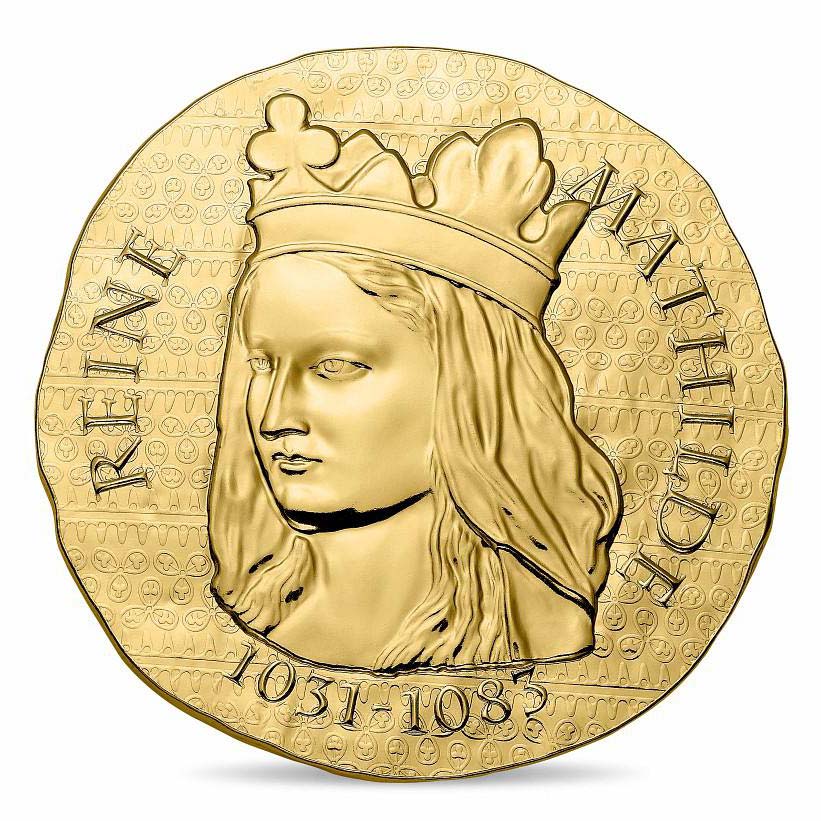
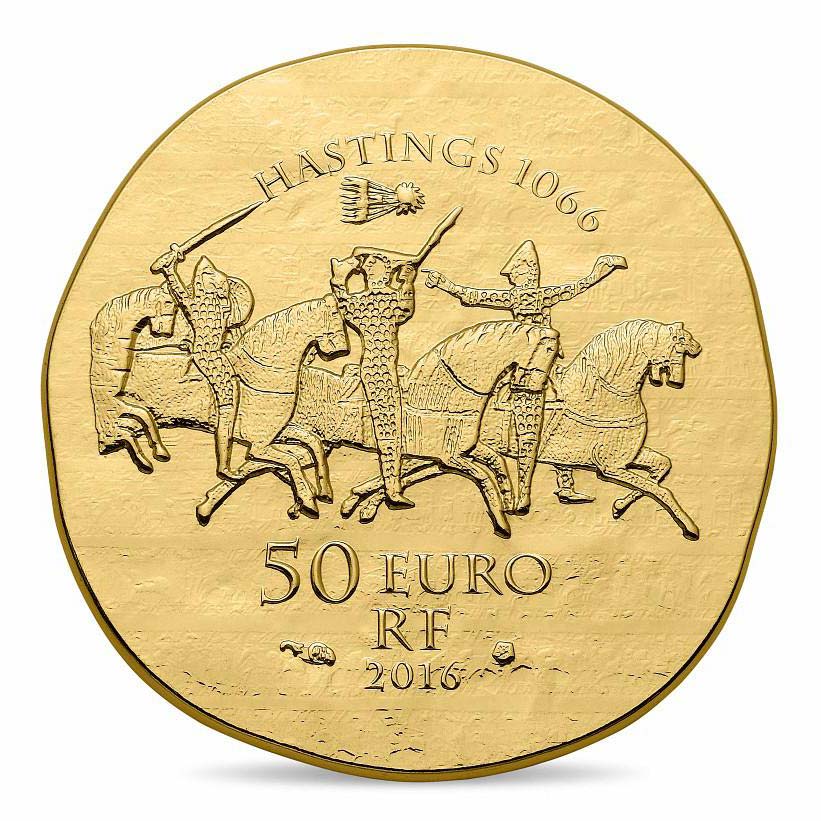

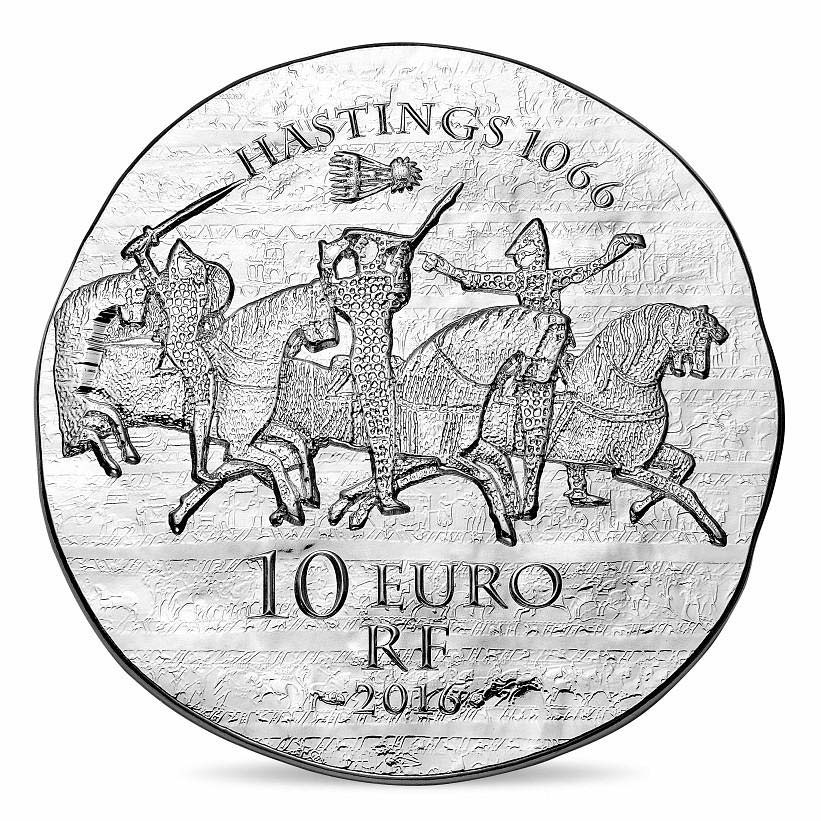




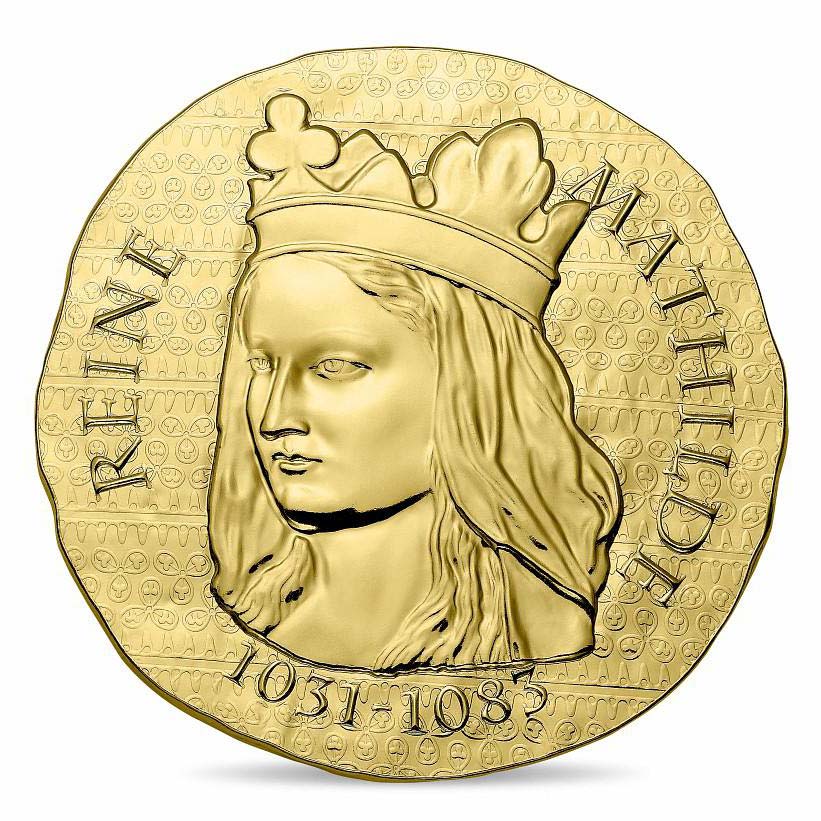
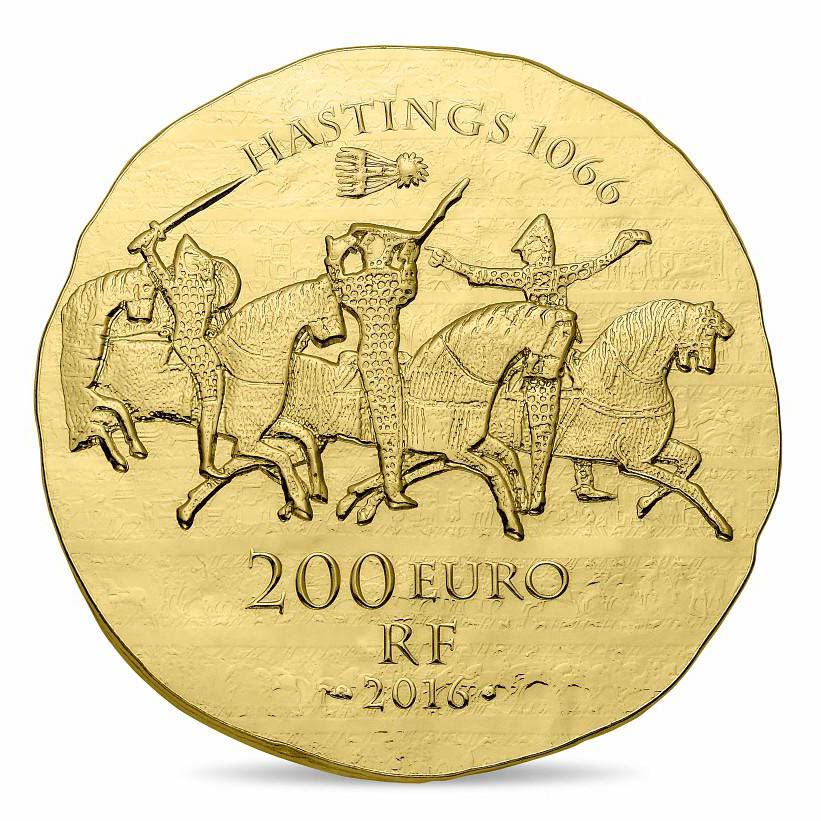
Leave A Comment